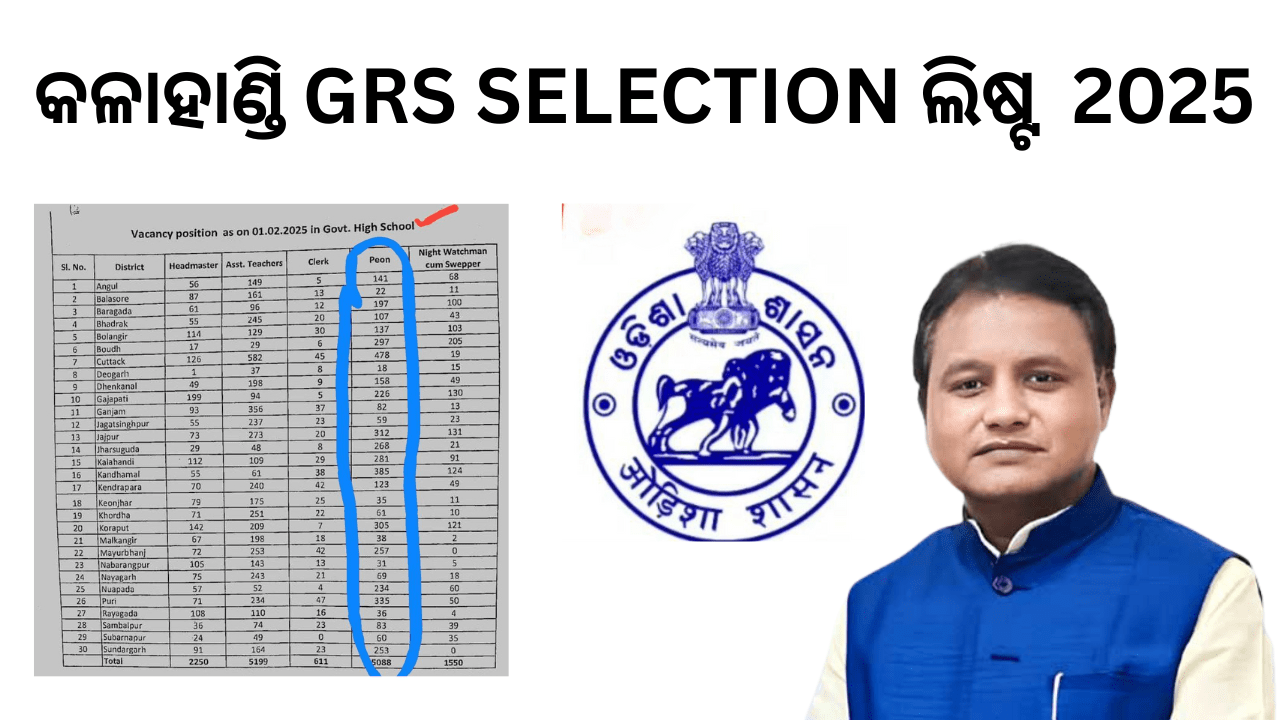Under the leadership of Chief Minister Mohan Charan Majhi, Odisha has launched a series of groundbreaking education reforms in 2025, aligning with the National Education Policy (NEP) 2020 and focusing on foundational learning, skill development, and infrastructure modernization. These initiatives aim to bridge gaps in early education, enhance employability, and preserve cultural heritage while integrating technology into classrooms. Below is a detailed breakdown of Odisha’s latest education policies:
Table of Contents
Toggle1. ‘Shishu Vatika’: Strengthening Foundational Education
A flagship initiative under NEP 2020, ‘Shishu Vatika’ provides structured pre-school education for children aged 5–6 in government schools. Key features include:
- Play-Based Learning: Stress-free, activity-driven curriculum to foster cognitive and motor skills .
- Cultural Integration: Launched during ‘Prabesh Utsav’ (entry festival), children participated in the ‘Khadi Chhuan’ tradition—writing on slates for the first time—symbolizing the start of their academic journey .
- Direct Admission to Class 1: Children completing Shishu Vatika levels 1–3 can enroll directly in primary school without assessments .
- Expanded Mid-Day Meals: The ‘Mukhyamantri Poshan Yojana’ now includes Classes 9–10, providing protein-rich millet-peanut ladoos and eggs to combat malnutrition .
Impact: Over 10,000 government schools will adopt this program, ensuring universal access to early childhood education .
2. Skill Development & Higher Education Reforms
A. Apprenticeship Embedded Degree Programme (AEDP)
- A landmark MoU signed with the Board of Practical Training (BOPT) and BFSI Sector Skill Council introduces:
- Industry-Aligned Training: Free apprenticeships in banking, finance, and insurance for students across 87 institutions .
- Academic Creditization: Practical training earns credits toward degree completion .
- Goal: Enhance employability for 50,000+ students by 2026.
B. Odisha Skill University
- Young India Skills University, chaired by Anand Mahindra, focuses on vocational training in emerging sectors .
- Budget Allocation: ₹1,784 crore for Skill Development and Technical Education in 2025–26 .
3. Infrastructure & Digital Upgrades
- High School Transformation Program: Smart classrooms, e-libraries, and upgraded labs in select schools .
- Model Schools: ‘Godabarish Mishra Adarsha Prathamik Vidyalaya’ will establish one model primary school per panchayat .
- Technology Integration: Emphasis on digital tools like DIKSHA for remote learning .
4. Cultural & Linguistic Preservation
- Odia Pakshya Initiative: Shishu Vatika aligns with celebrations promoting Odia language and heritage .
- Curriculum Reforms: Union Minister Dharmendra Pradhan advocated incorporating Odisha’s freedom struggle and cultural history into textbooks .
5. Budgetary Commitments for 2025–26
The state allocated ₹31,185 crore to School and Mass Education and ₹3,655 crore to Higher Education, funding:
- ‘Aame Padhiba Aama Bhasare’ (₹25 crore): Mother tongue-based learning .
- ‘Saheed Laxman Nayak Adarsh Vidyalaya’ (₹100 crore): Tribal-focused model schools .
Challenges & Future Roadmap
While Odisha’s initiatives are ambitious, challenges include:
- Teacher Training: Rapid scaling of NEP-aligned pedagogy.
- Equity: Ensuring tribal and rural students benefit from skill programs.
CM Majhi’s Vision: “From ‘Khadi Chhuan’ to skill universities, we’re building a modern, self-reliant Odisha.” .
Conclusion
Odisha’s 2025 education reforms mark a paradigm shift—blending tradition with innovation. By prioritizing early learning, employability, and infrastructure, the state is poised to become a model for NEP implementation in India. For further details, visit official portals or follow budget announcements .
(Sources: Integrated from Odisha government releases and news reports as cited.)






